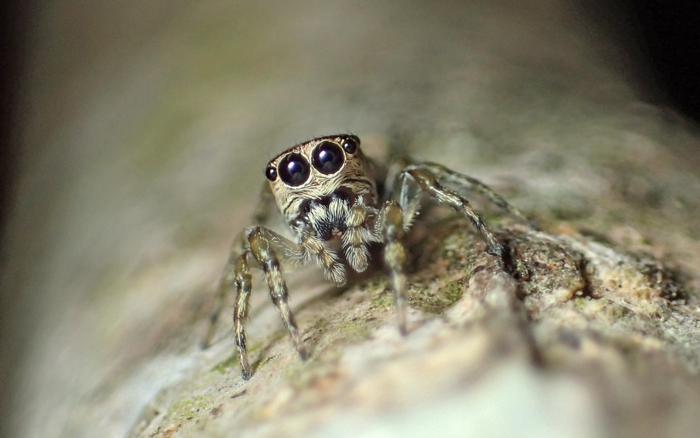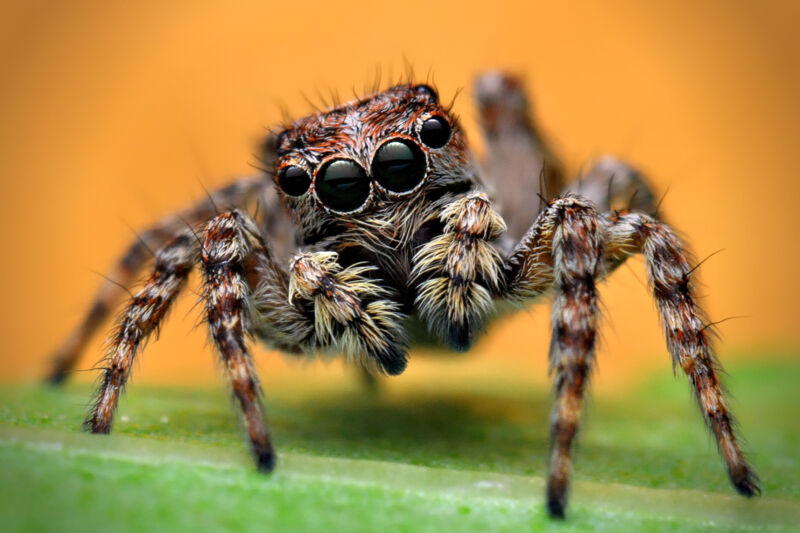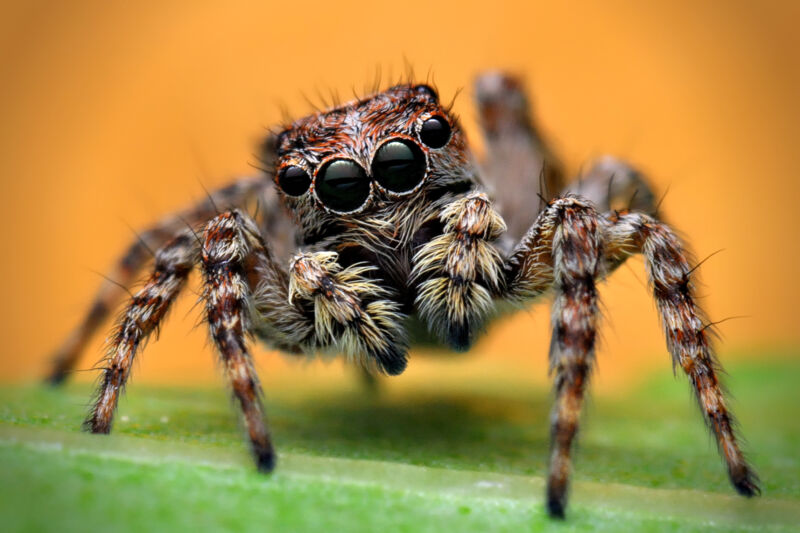
According to the World Spider Catalog (WSC), we currently know 50,000 species of creepy crawlers on Earth. Here’s the full story.
Spider: 50,000 species and counting

WSC publishers reveal new data on the spider population based on the National History Museum of Bern in Switzerland. “We estimate that there are still approximately 50,000 more spider species out there to discover. Spiders are the most important predators in Earth’s terrestrial habitats, and their ecological significance should not be underestimated,” stated the museum. Consuming some 400 to 800 million tonnes of insects every year, they are the most important regulators of insect populations. Accordingly, they are also of fundamental importance to humans,” they added.
Recently they added Guriurius Minuano as the 50,000th species of spider known to humanity. Belonging to the Salticidae family, it is a jumping spider capable of hunting prey on trees and shrubs. They are currently present in southern Brazil, Bueno Aires, and Uruguay. Named after the now-extinct Minuane people. “We see natural ebbs and flows in the populations of many different species that may be linked to local conditions, particularly slight changes in rainfall,” said Paula Cushing. Cushing is an arachnologist from the Denver Museum of Nature & Science.
More on the arachnid diversity
Studies on understanding and exploring spider diversity have come a long way. Researchers first scientifically described the insect in 1757. Now, 265 years later, they were successful in finding 50,000 species. They believe that the rate of discovery of arachnids is steadily rising. Now, they are capable of discovering the same number in less than 100 years. Unfortunately, people are afraid of these creeping little guys. However, they are one of the best forms of pest control. According to experts at the museum, they are “the most important predators in Earth’s terrestrial habitats”. Moreover, they are also “the most important regulators of insect populations”.
